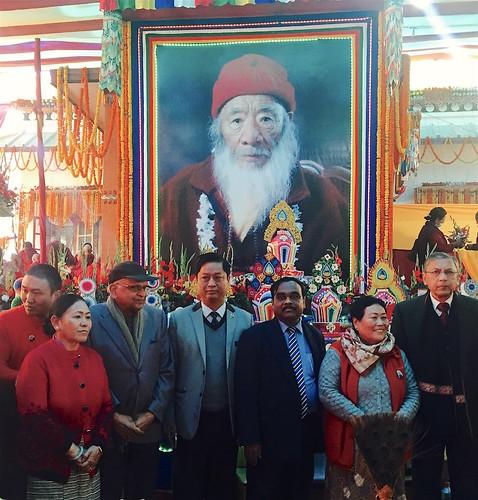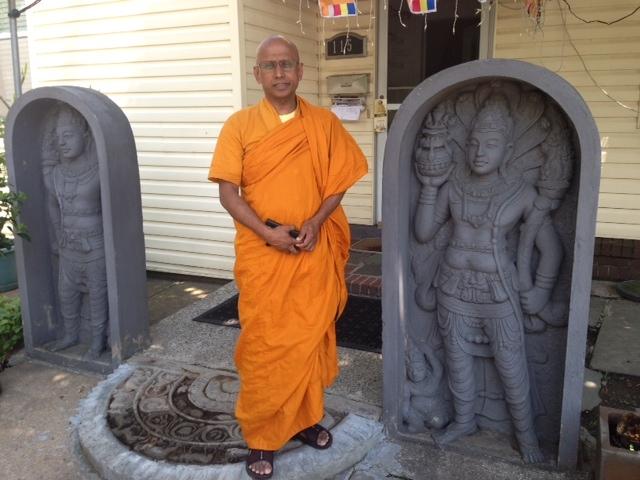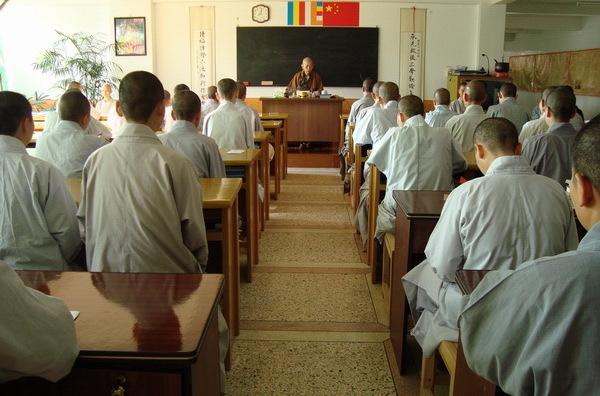
The Reopening of the Kanjing Royal Cave Temple at China’s Longmen Grottoes
The Longmen Grottoes, whose name translates into English as “Dragon’s Gate Grottoes,” are located along a one-kilometer stretch of cliffs on either side of the

The Longmen Grottoes, whose name translates into English as “Dragon’s Gate Grottoes,” are located along a one-kilometer stretch of cliffs on either side of the

The story of early Chinese Buddhism is often considered as beginning with the arrival of the monk Kumarajiva (334–413), whose translation of Buddhist scriptures from

In the center of the room, a group of artists are hunched over their work stations, each focused on his or her individual task. With

O!! Chatral Sangay, the deathless Padmasambhava,you manifested among us in human formfor the sake of ignorant beings like me.I pray to you in a non-dualistic

The Wheel of Life and Death is a central concept and image in Buddhist understanding. Escaping the Wheel of Life and Death is a Buddhist

In a charming three-story house on Hill Street in Somerville, Massachusetts, just outside of Boston, Reverend Youngju Kim is showing a man how to balance

On my first day of learning to work with ground mineral paints, I walked to my teacher’s studio through the labyrinth of narrow streets that

“I’m a one-man army,” laughed the Malaysian gentleman sitting in front of me before the seminar session began. Dato’ Dr. G. K. Ananda Kumaraseri and

Venerable Bhante Hennbunne Kondanna is the abbot of Staten Island Buddhist Vihara in New York City. He took novice ordination in Sri Lanka in 1968,

From several yards away, the image is instantly recognizable—the head of the Buddha gazing downwards as if deep in meditation, floating on a background of

The ambulance pulls up at the gates of Htantabin Monastery in Myanmar’s capital, Naypyidaw, where Sayadaw Kaywala waits patiently. As the door opens, he bends

In this two-part interview with Douglas Gildow, a dissertation fellow of The Robert H. N. Ho Family Foundation Program in Buddhist Studies, we take a